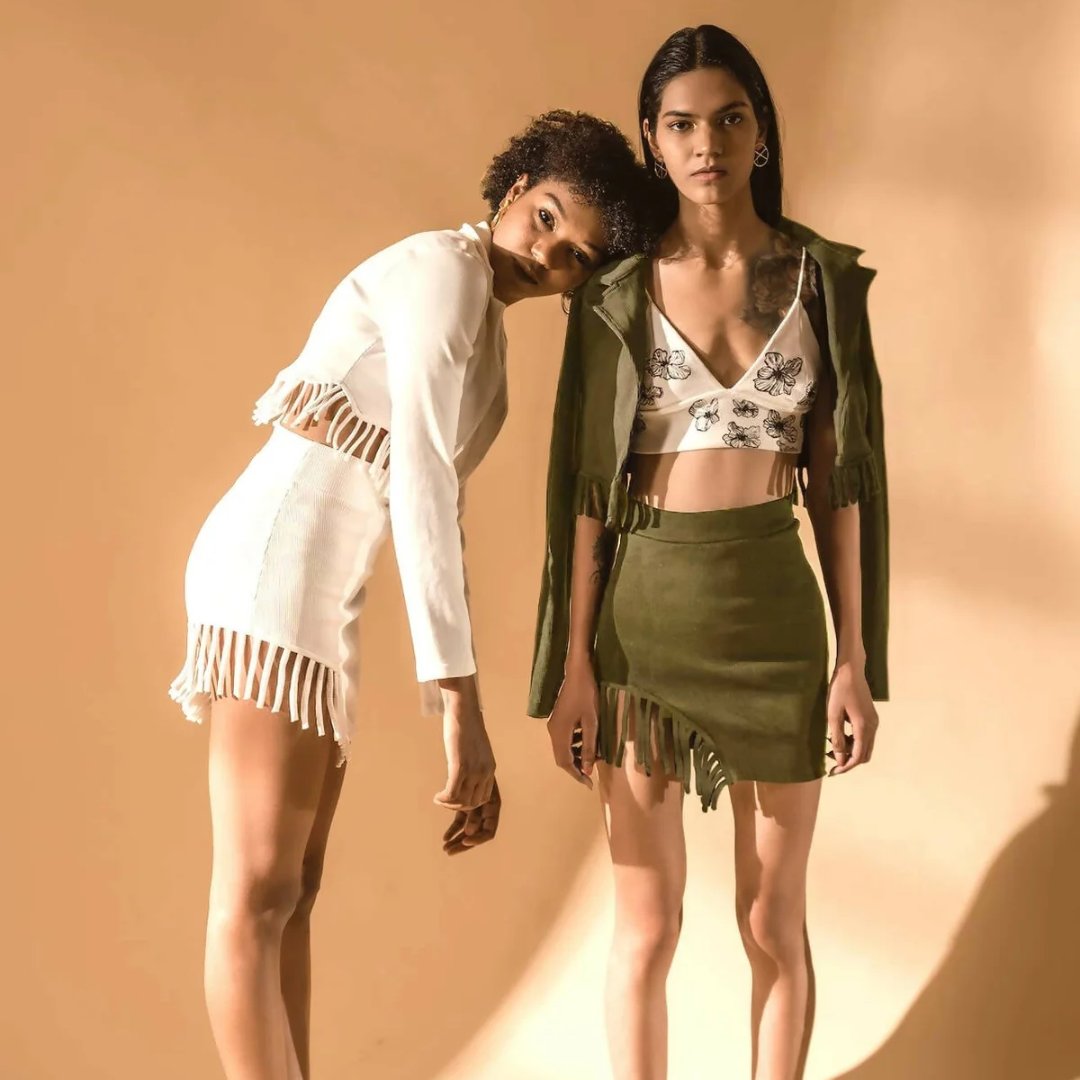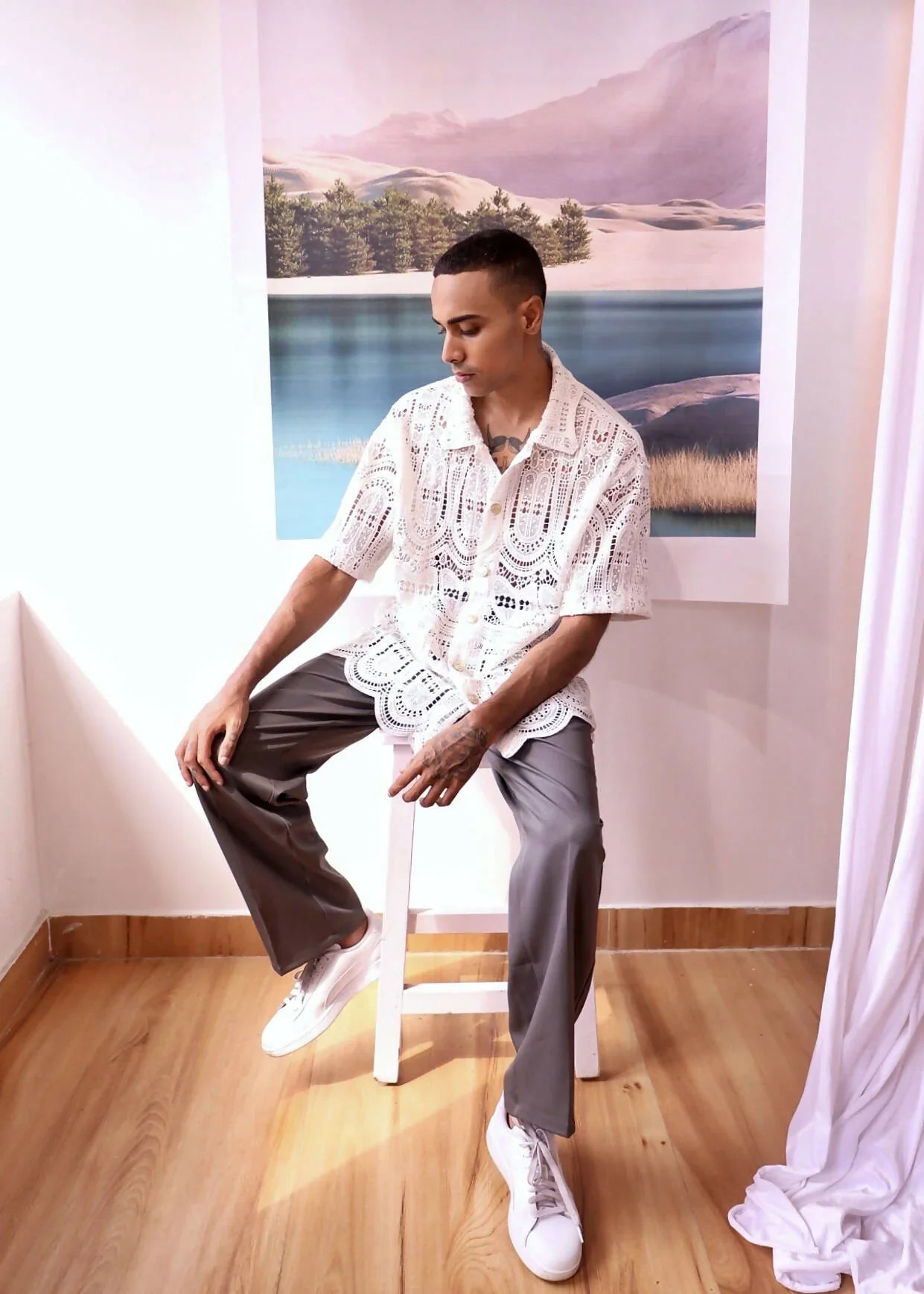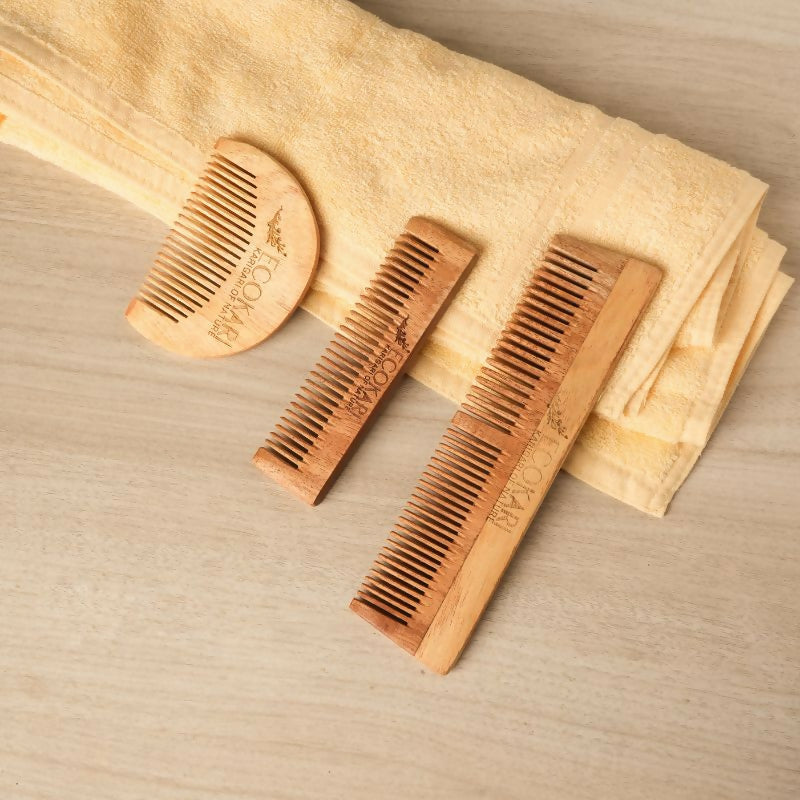Pouring New Life into Old Milk: Sustainable Solutions for Dairy Waste

Milk, a staple in diets worldwide, also produces tonnes of waste, with 116 million tonnes of dairy waste reported lost or discarded annually, according to The Guardian. This liquid waste predominantly consists of spilled, spoilt, and otherwise non-consumable milk. Yet, the old idiom "don't cry over spilt milk" takes on new meaning in the context of sustainability, as various brands seize the opportunity to repurpose this waste. Companies have innovatively repurposed protein from non-food milk into diverse products, from sneakers and apparel to clay used for decor, giving discarded milk a second life.
NAT-2
Milk Waste Sneakers
Nat-2 is a luxury high-end sustainable brand from Germany, known for its eco-friendly design sneakers crafted from unusual waste materials. The brand has experimented and launched sneakers made from unusable milk—milk that is not fit for consumption. These sneakers are manufactured in Italy, but the milk fabric is engineered in Germany by a bio-designer. There is a growing concern about the waste generated from discarded, spilled milk which cannot be used for consumption and Nat-2 has found a way to reuse this upcycled milk material, creating quality sneakers and diverting disposable liquid waste.

(Image credit: Nat - 2 Upcycled Milk Waste Sneakers)
TESSA SILVA DAWSON
Milk Waste Decor
Tessa Silva Dawson has been working towards a sustainable protein project since 2016, which she began while being an art student in the UK and has continued after graduation. She focuses on upcycling milk that is bound to be thrown away, repurposing it into a plastic alternative. Her research explores how milk has been used throughout civilizations and the vast waste it generates, which can be reused. She creates upcycled milk products with a marble-like effect, sourcing the milk from suppliers in Sussex and transforming the waste milk into a clay-like consistency, then moulding it into various modern waste art-like products.

(Image credit: Project Protein by Tessa Silva Dawson)
Addressing the toxic and planet-compromising effects of plastic use, she has also developed a homeware collection. This includes decor and doorknobs made from surplus milk and expired sour milk, which is sustainably transformed into a cheese-like material mixed with chalk. These handcrafted products are compostable and biodegradable, made entirely from waste materials.

(Image credit: Project Protein by Tessa Silva Dawson)
MI TERRO
Upcycled Milk T-Shirts
Mi Terro, based in Los Angeles, explores different waste biomaterials, creating apparel from upcycled milk waste. Their products include the 'Milk Tee,' casual wear made from engineered proteins derived from excess milk waste, known for its antibacterial properties. Mi Terro wants to reduce waste and offer a biodegradable alternative to the toxic materials typically used in fashion. The brand also repurposes potato waste, agricultural waste, spent grains, and later ventured into upcycling milk waste into protein yarn.

(Image credit: Mi Terro Upcycled Milk Waste Tee)
Q-MILK
Spoilt Milk Yarn
Anna Domaske founded Qmilk, called Qmilch in German, in 2011 in Germany. The company bio-engineers non-food milk, using sour, spoiled milk from dairy waste to create yarn. They claim to have the lowest CO2 emission materials and use non-consumable milk—a waste product, citing the growing tonnes of milk waste in Germany and elsewhere. Their product is a new-generation fabric made from this wasted resource. Research continues to explore its use in fashion and as alternatives to unsustainable wipes and toilet paper.

(Image credit: Qmilk/ Qmilch Milk Waste Yarn by Anna Domaske)
MILK PACKAGING WASTE
LOLL DESIGNS
Upcycled Milk Jug Chairs
Moving on from upcycled milk, as seen with the brands above, the next focus is upcycled milk packaging waste. Loll Designs, a furniture company from the U.S., recycles milk jugs and detergent packaging into chairs. Known for frequently incorprating milk packaging into their products, Loll Designs creates tables, chairs, benches, and other decor pieces. Since 2005, they have repurposed over 135 million milk jugs into various outdoor furniture items. Each durable recycled chair is made from at least eight waste milk jugs.







Leave a comment